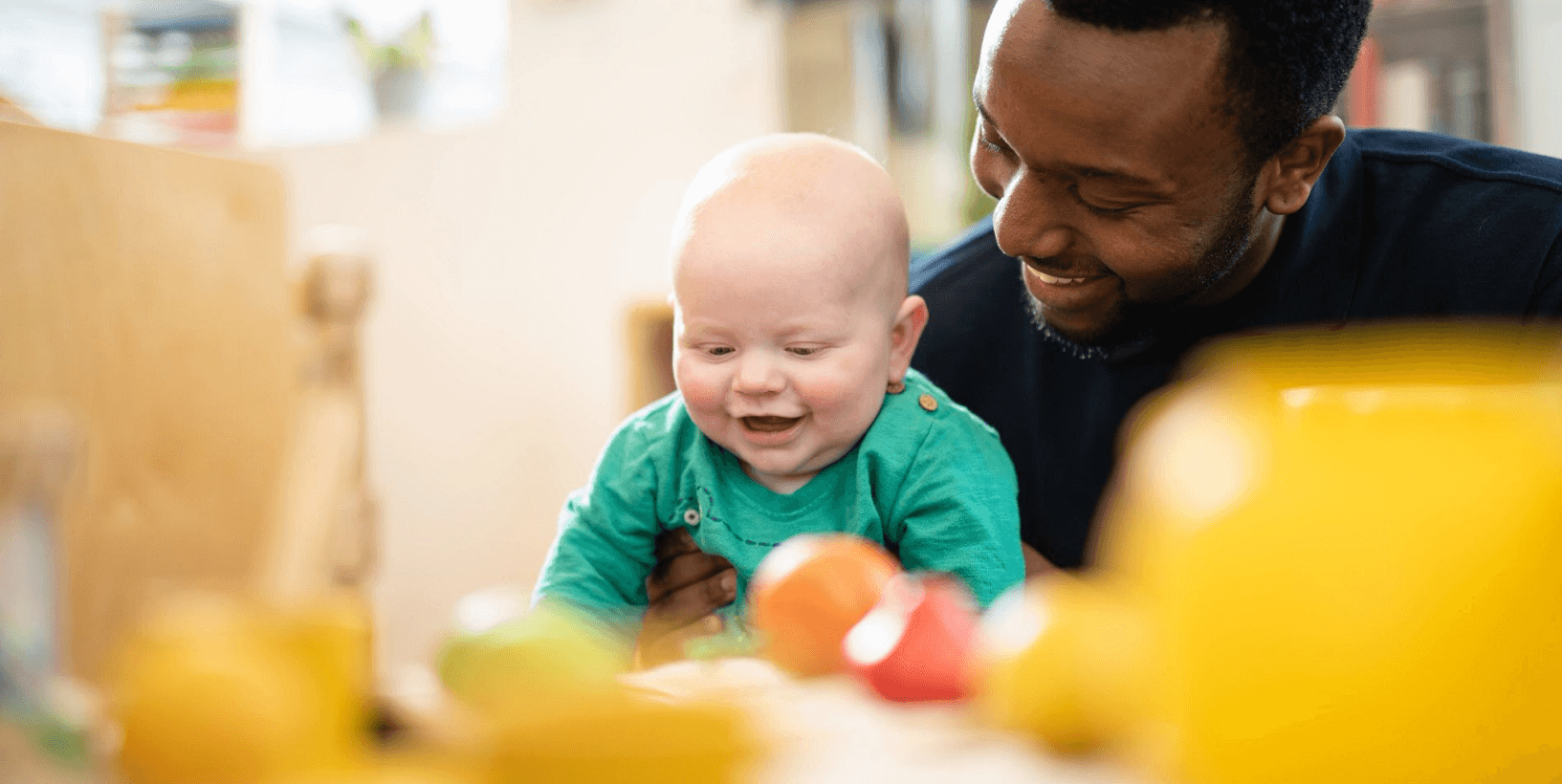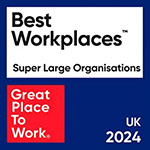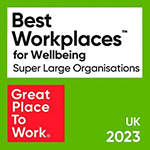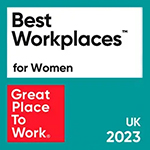What the Pandemic Has Taught Us about Working Parents
Working parents have always been present in the workplace. However, they haven’t always been the most visible. Though almost everyone has family commitments, many employees try to hide the pressures that parenting puts on them. That all changed last year.
Many working parents struggle to balance their work and family life. According to our 8th annual Modern Family Index (MFI) released in January 2020, ‘44% of parents check emails or do other work in the evening; three-quarters of these feel they have no choice in the matter.’ Not wanting to be seen falling behind when compared to their childless colleagues, working parents often catch up on professional responsibilities at the expense of family time. Additionally, 47% of parents agree that ‘Technology has blurred the boundary between work and home,’ making it harder to switch on for work and switch off for their family.
Then came the pandemic. When schools closed in March and only key workers could access structured childcare, children quite literally stepped in front of the camera. Suddenly, parents were unapologetic about their responsibilities – because they had to be. Family life was laid bare in the background of our endless video calls, with many parents warning their colleagues from the beginning of a meeting that their children would make an appearance at some point.
Interestingly, this spotlight on family didn’t necessarily equate to a dip in productivity. In a survey by the Working Families charity, ‘25 out of the 26 employers we spoke to felt that productivity had been the same or better than usual during lockdown.’ Employers who allowed their staff to work flexibly and put an emphasis on trust, rather than presenteeism, enjoyed greater productivity from their employees. Employees also welcomed the support from their employers during lockdown. According to the survey, ‘65% of employers said that their support for parents and carers was good or very good before lockdown. This skyrocketed to 100% after lockdown.’
Yet, while the children appeared in full view, so too did the conflicts that come with them. Study after study showed parents working into the wee hours to deliver on their job commitments. Those conflicts may have been heightened by the pandemic, but they were always there. Moreover, while they don’t diminish performance, the threat of burnout was and continues to be real. Studies like this show the pressure parents, especially women, face when trying to juggle each of their responsibilities at the same time.
The pandemic was finally able to do something years of trying could not do: bring parenting and all its messiness out into the open. “Our current situation is posing fundamental challenges to the idea that personal and professional identities can be kept separate,” a Harvard Business School professor told the New York Times.
The messiness is still there. Struggles between work and families are still intense – and will continue to be now, and during whatever comes next. But at least they’re out the open. Not a day goes by that we don’t see a toddler on a Zoom call or unapologetically adjust a meeting to accommodate a school pick up or feeding schedule. Business marches on.
More employers are working towards a family-friendly culture, with ‘more than half (55%) of working parents said they feel confident discussing family-related issues with their employer, rising from 47% in the 2015 [Bright Horizons] Index.’ There’s still a way to go but the heightened visibility of working parents and the struggles they face helps to pave the way for more employers to promote flexible working and wellbeing.
Hopefully we will remember this as the time that working and parenting stayed in front of the camera for good.




